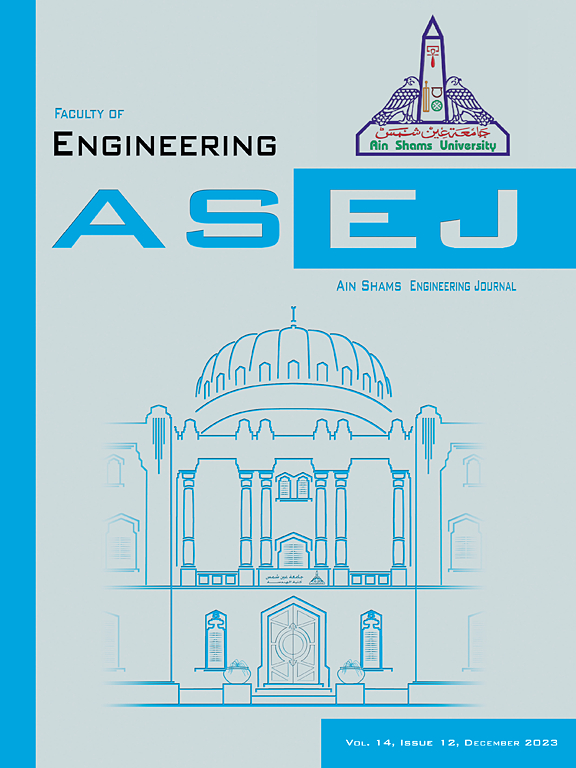基于水听器传感器阵列的水下定位系统功耗优化
IF 6
2区 工程技术
Q1 ENGINEERING, MULTIDISCIPLINARY
引用次数: 0
摘要
在水下研究与勘探中,水下设备的探测和导航面临着巨大的挑战,主要是由于气候变化和周围噪声等因素导致的定位误差。传统的基线系统,如长基线(LBL)、短基线(SBL)和超短基线(USBL)在精度和成本效益方面存在局限性。本文提出了一种利用水听器传感器阵列与波束形成技术相结合的新颖而经济的方法。应对这些挑战。该系统旨在提高探测精度,降低集成复杂度,同时优化功耗,从而延长水下仪器的使用寿命。该技术通过根据水下仪器的位置调整发射信号的波束角度和振幅,为水下设备的探测和导航提供了一种简化而高效的解决方案。为了验证所提出系统的性能,进行了实验研究。通过调查获得的结果表明,提高了高达50%的功耗,并增加了水下设备/仪器的电池寿命。该技术不仅效率高,而且具有可持续性和可靠性。本文章由计算机程序翻译,如有差异,请以英文原文为准。
Optimizing power consumption for underwater positioning system with hydrophone sensor arrays
In underwater research and exploration, detecting and navigating underwater devices pose significant challenges, mainly due to factors such as climate change and surrounding noise, leading to positioning errors. Traditional baseline systems like Long-Base Line (LBL), Short Base-Line (SBL), and Ultra-Short Base Line (USBL) have limitations in accuracy and cost-effectiveness. This paper proposes a novel and cost-effective approach utilising a hydrophone sensor array coupled with beamforming techniques. To address these challenges. The proposed system aims to enhance detection accuracy and reduce integration complexity while optimizing power consumption, thus extending the lifespan of underwater instruments. By adjusting beam angles and amplitudes of transmitting signals based on the position of underwater instruments, our proposed technique offers a simplified yet efficient solution for underwater device detection and navigation. An experimental investigation has been carried out to validate the performance of the proposed system. The results obtained through the investigation show an improved power consumption of up to fifty per cent and an increase in the battery life of underwater devices/instruments. The proposed technique is not only efficient but also sustainable and reliable.
求助全文
通过发布文献求助,成功后即可免费获取论文全文。
去求助
来源期刊

Ain Shams Engineering Journal
Engineering-General Engineering
CiteScore
10.80
自引率
13.30%
发文量
441
审稿时长
49 weeks
期刊介绍:
in Shams Engineering Journal is an international journal devoted to publication of peer reviewed original high-quality research papers and review papers in both traditional topics and those of emerging science and technology. Areas of both theoretical and fundamental interest as well as those concerning industrial applications, emerging instrumental techniques and those which have some practical application to an aspect of human endeavor, such as the preservation of the environment, health, waste disposal are welcome. The overall focus is on original and rigorous scientific research results which have generic significance.
Ain Shams Engineering Journal focuses upon aspects of mechanical engineering, electrical engineering, civil engineering, chemical engineering, petroleum engineering, environmental engineering, architectural and urban planning engineering. Papers in which knowledge from other disciplines is integrated with engineering are especially welcome like nanotechnology, material sciences, and computational methods as well as applied basic sciences: engineering mathematics, physics and chemistry.
 求助内容:
求助内容: 应助结果提醒方式:
应助结果提醒方式:


